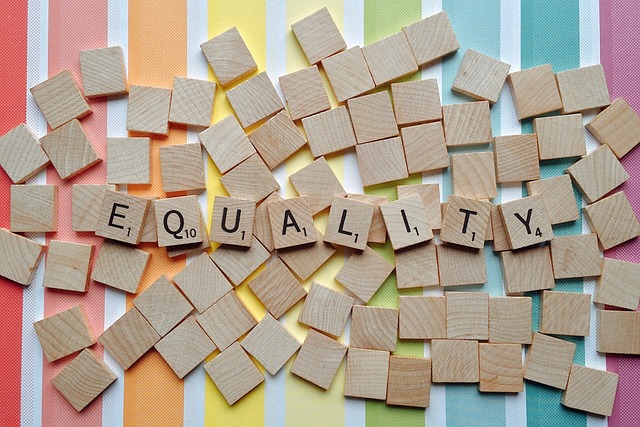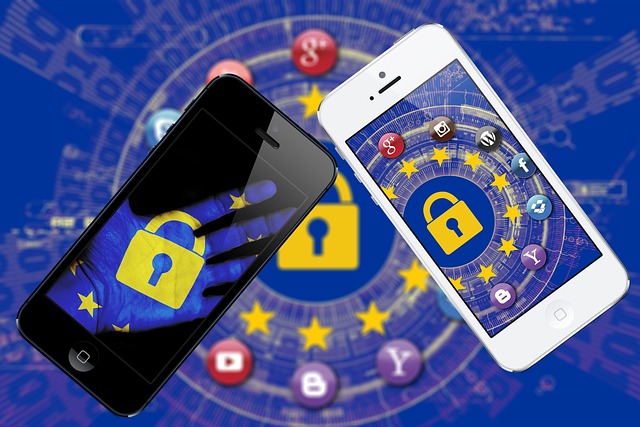In a rapidly changing digital landscape, the concept of digital equality has gained significant traction, especially within our communities. As technology continues to evolve and integrate into our daily lives, it is imperative to address the nuances of technology etiquette and the social trends that shape our interactions. Understanding how to navigate these complexities fosters a more inclusive environment where everyone feels valued and heard.
Technology etiquette refers to the unwritten rules and conventions that govern our behavior in the digital world. Just as we are taught to say please” and “thank you” in face-to-face interactions, similar courtesies extend to our online presence. Being mindful of tone in emails, respecting others’ privacy, and recognizing the significance of digital communication can make a substantial difference in promoting digital equality. For instance, when discussing sensitive topics, one should consider how their message might be perceived. Miscommunication can happen easily, and it’s our responsibility to ensure that our words contribute positively to the community.
As we delve deeper into social trends, it becomes evident that technology impacts our societal values and norms. The rise of remote work, online education, and virtual events has forced us to rethink the way we connect with one another. While these innovations offer unparalleled opportunities for growth and learning, they also present challenges that require our immediate attention. For example, the digital divide remains a pressing issue, where access to technology and internet services is unevenly distributed across various demographics. This gap may inadvertently silence marginalized voices, hindering progress towards digital equality in our community.
To combat these challenges, communities must actively engage in discussions regarding technology use and inclusivity. Initiatives aimed at providing access to digital resources, such as computer classes or free internet services for low-income households, play a crucial role in leveling the playing field. Moreover, promoting awareness around technology etiquette is vital to ensure that everyone feels comfortable and respected in their digital interactions. Workshops or seminars focusing on best practices in online communication can empower individuals to express themselves confidently while promoting a culture of respect and understanding.
Social media platforms also serve as a double-edged sword in this context. While they offer a means to connect and share ideas, they can sometimes amplify negative behavior, such as cyberbullying or online harassment. Cultivating a sense of accountability among users and advocating for positive engagement is critical to fostering an atmosphere of digital equality. Communities can work together to create guidelines for appropriate online behavior and encourage reporting mechanisms to address harmful actions effectively.
As we navigate this complex terrain of technology and social dynamics, it is essential to remember our shared humanity. Engaging in dialogues that celebrate diversity and champion equal access to technology will enhance our community’s strength and resilience. By upholding principles of digital equality, we can ensure that the digital world becomes an extension of our values—an inclusive space where everyone can contribute, learn, and thrive together.




